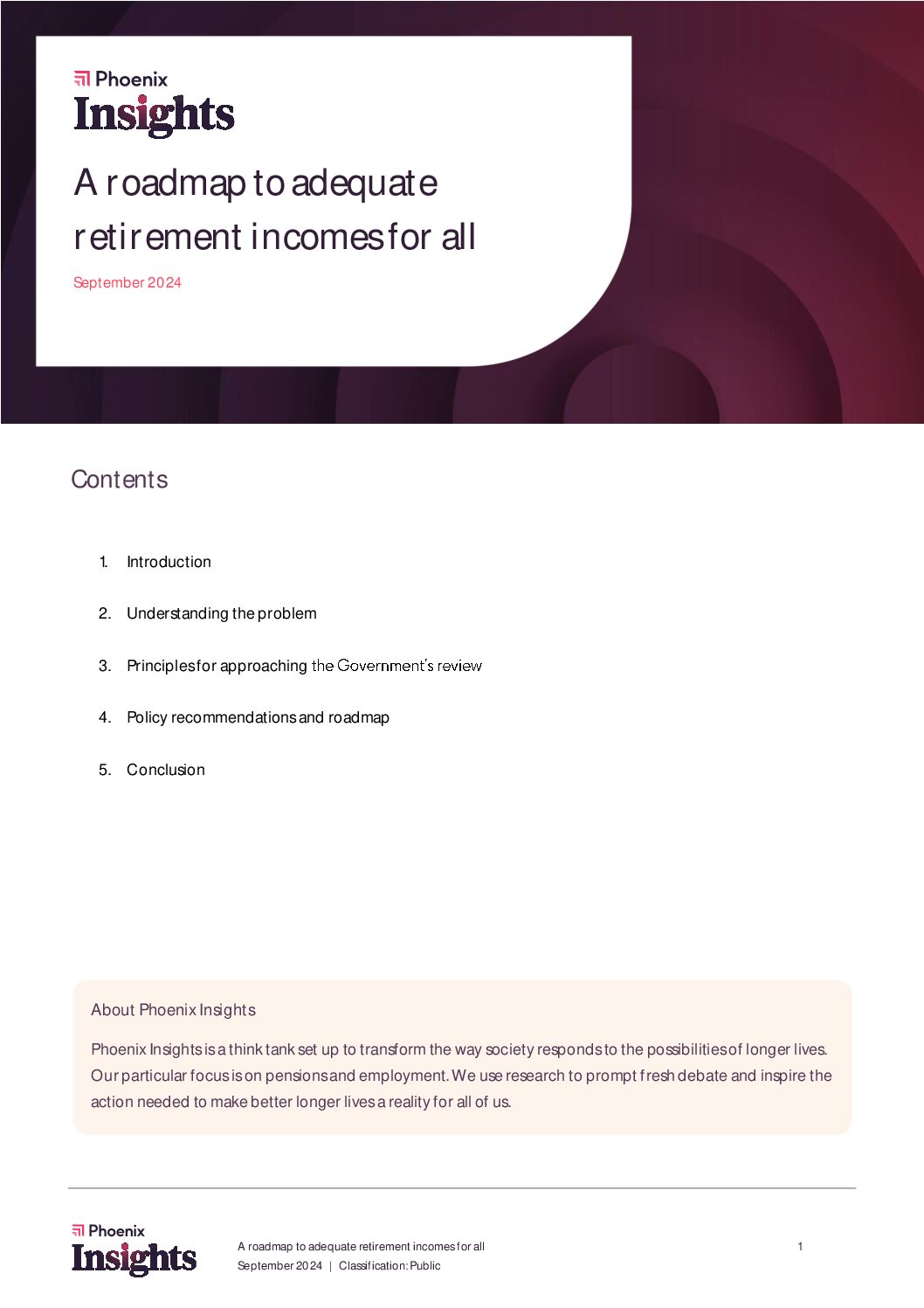Achieving pension goals in retirement: how to move Latin American DC second pillars forward
By Eduardo Rodriguez Montemayor
PPI’s Editorial Board
editorial@pensionpolicy.net
Nobel-prize winner Robert C. Merton stated in more than one occasion that “our approach to DC savings is all wrong: we need to think about monthly income, not net worth”, in reference to how defined-contribution (DC) pension schemes usually focus on maximizing the amount of assets that people accumulate at the time of retirement instead of focusing on actually achieving a regular pension payment during retirement.
Nicholas Barr and Peter Diamond, two of the global leading experts on pension systems, have stated on the other hand that “systems in which workers have to choose from competing private pension providers face information and behavioral problems and have high administrative costs”, in reference to some of the challenges of DC systems that rely on private markets.
These two quotations above indicate problems in two fundamental components of defined-contribution pension schemes: in terms of how money is invested and in terms of how pension providers operate in the market. These challenges have been present since inception in the pioneering pension reforms that brought a market for individual DC accounts to some Latin American countries in the 1980s and 1990s, and it is thus not surprising that such systems have failed to gain widespread social legitimacy. It is a fact that such markets are not achieving the objective of maximizing the value of pensions – and people thus do not have access to an adequate income at retirement. This failure stems from a combination of flaws in the fundamental design of the investment regime, which is highly regulated and focused on short-term outcomes, and of misaligned incentives of the firms operating in a market that is not conventional due to consumer inertia and other forces that limit competition.
These flaws of the pensions market have long been known to regulators, policymakers, and experts in Latin America but there is frustration regarding how to move forward. Regulators in the region have deployed over decades now a plethora of ad-hoc interventions to make the market more competitive and help the people contributing to them maximize their retirement savings. Yet, such focalized interventions have normally only targeted the consequences rather than the key cause of market imperfections.
In a recent paper I co-wrote jointly with Manuel Garcia Huitron from the Inter-American Development Bank (opinions are personal, and do not necessarily represent the views of the Bank), we re-think the design of DC pension systems in a more systematic way by using a common framework, that we call DC 2.0, to discuss reform options in two areas that are usually analyzed separately: the investments regime, on the one hand, and the market design, on the other. The former has to do with the design of the “product”, which involves how to invest retirement assets optimally. The latter implies questions about the behavior of pension administrators, which is not always aligned with the objective of maximizing returns for the future pensions of individuals.
Free for a limited time. Click here to read more.










